Steroid Equivalence Calculator
Convert Between Steroids
Input a dose of one corticosteroid to see equivalent doses for other steroids based on clinical potency.
Equivalent Doses
Important Note: This calculator shows approximate dose equivalents based on relative potency. Always consult your healthcare provider for actual treatment decisions.
Relative Potency (vs Hydrocortisone): Medrol: 4-5× Prednisone: 4× Dexamethasone: 25× Hydrocortisone: 1× Budesonide: 10× (local)
Quick Takeaways
- Medrol (methylprednisolone) is a mid‑potency oral corticosteroid with fast anti‑inflammatory action.
- Prednisone is slightly less potent but has a longer half‑life, making it a common first‑line oral steroid.
- Dexamethasone is a high‑potency steroid ideal for severe inflammation or brain edema.
- Hydrocortisone mimics natural cortisol and is useful for adrenal insufficiency or mild skin conditions.
- Budesonide delivers targeted action in the gut or lungs with fewer systemic side effects.
What is Medrol?
Medrol is the brand name for methylprednisolone, a synthetic glucocorticoid used to suppress inflammation and immune responses. It comes in tablets, injectable forms, and a short‑acting oral solution. Because it’s more potent than hydrocortisone but less than dexamethasone, doctors often choose it for moderate‑to‑severe inflammatory flare‑ups.
How Medrol Works
Like other corticosteroids a class of steroid hormones that regulate inflammation, metabolism, and immune function, methylprednisolone binds to glucocorticoid receptors inside cells. This triggers a cascade that blocks the production of prostaglandins and cytokines-the chemicals that cause swelling, redness, and pain. The result is rapid relief, often within a few hours after the first dose.
Common Uses for Medrol
- Acute asthma exacerbations
- Rheumatoid arthritis flare‑ups
- Allergic reactions and skin rashes
- Autoimmune disorders such as lupus
- Post‑operative inflammation
Because it can be taken orally, it’s a convenient option for patients who need quick control without a hospital stay.
Pros and Cons of Medrol
Pros
- Fast onset (2-4hours)
- Predictable dosing; tablet strength is standardized
- Effective for a wide range of inflammatory conditions
Cons
- Systemic side effects increase with dose and duration (weight gain, mood swings, blood‑sugar spikes)
- Potential adrenal suppression if used >2weeks without tapering
- May interact with blood‑thinners, diabetes meds, and some vaccines
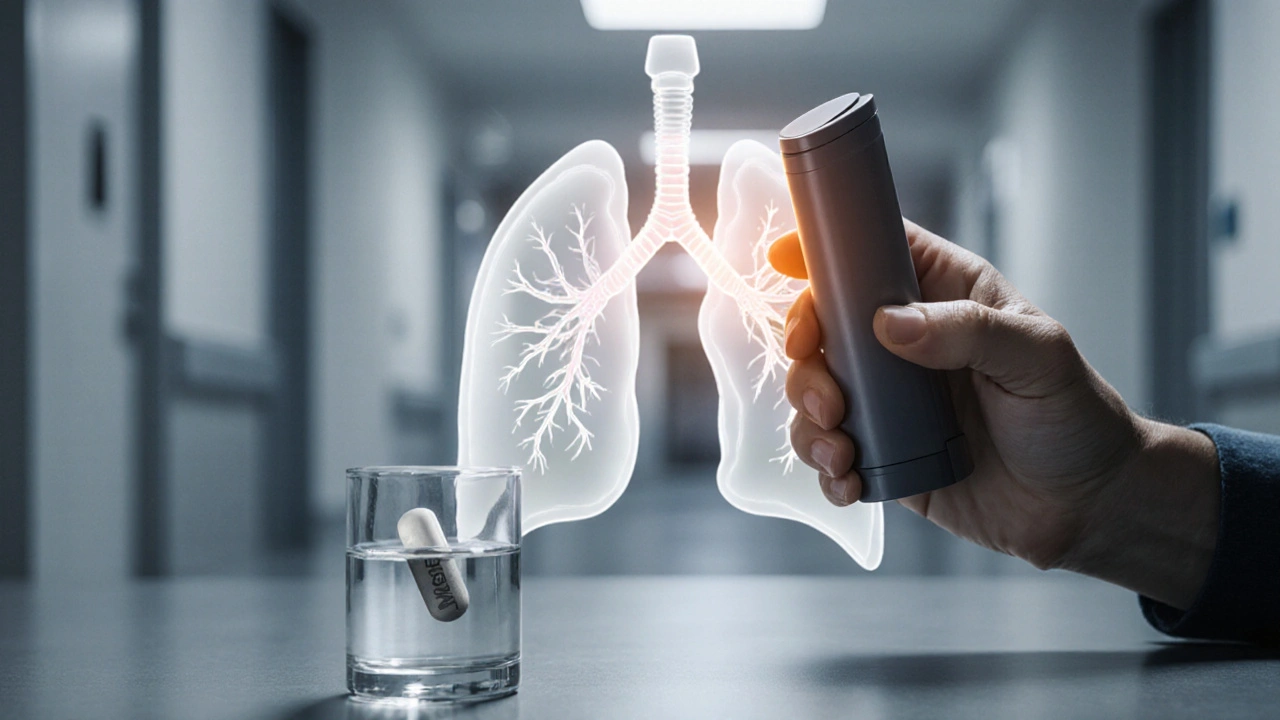
Top Alternatives to Medrol
When doctors discuss "alternatives," they usually refer to other glucocorticoids that differ in potency, half‑life, or route of administration.
Prednisone
Prednisone is a widely prescribed oral corticosteroid that converts to prednisolone in the liver. It’s slightly less potent than methylprednisolone (about 0.8×), but its longer half‑life (3‑4hours) makes dosing more flexible, often once‑daily. It’s the go‑to for chronic conditions like COPD or long‑term arthritis management.
Dexamethasone
Dexamethasone is a high‑potency, long‑acting corticosteroid (≈25× the potency of hydrocortisone). It’s preferred for severe brain edema, chemotherapy‑induced nausea, and certain autoimmune crises because a tiny dose can achieve strong suppression.
Hydrocortisone
Hydrocortisone is the synthetic equivalent of the body’s natural cortisol. It’s low‑potency and short‑acting, making it safe for adrenal insufficiency replacement and for mild skin conditions where systemic exposure should be minimal.
Budesonide
Budesonide is a locally acting corticosteroid formulated for inhalation, nasal spray, or oral‑type release in the gut. Because most of the drug stays where it’s needed, systemic side effects are reduced-ideal for asthma, allergic rhinitis, or inflammatory bowel disease.
Side‑by‑Side Comparison
| Attribute | Medrol (Methylpred) | Prednisone | Dexamethasone | Hydrocortisone | Budesonide |
|---|---|---|---|---|---|
| Potency (relative to hydrocortisone) | 4‑5× | ≈4× | ≈25× | 1× (baseline) | ≈10× (local effect) |
| Typical oral dose for moderate inflammation | 4‑48mg/day | 5‑60mg/day | 0.5‑9mg/day | 20‑240mg/day (usually IV) | 180‑720µg/day (inhaled) |
| Onset of action | 2‑4hours | 4‑6hours | 1‑2hours | 30‑60minutes | 1‑2hours (local) |
| Half‑life | ≈18hours | ≈3‑4hours | ≈36‑54hours | ≈1.5‑2hours | ≈2‑3hours (systemic) |
| Common indications | Asthma flare, arthritis, allergies | COPD, chronic arthritis, lupus | Brain edema, severe allergic reaction | Adrenal insufficiency, mild eczema | Asthma, allergic rhinitis, IBD |
| Systemic side‑effect risk | Moderate‑high (dose‑dependent) | Moderate | High (potent) | Low | Low‑moderate (mostly local) |
How to Choose the Right Steroid for You
Picking a steroid isn’t just about “stronger = better.” Consider these decision points:
- Severity of inflammation. Mild‑to‑moderate cases often respond to Medrol or prednisone; life‑threatening edema may need dexamethasone.
- Duration of therapy. For short bursts (≤7days), Medrol’s quick taper is easy. For longer courses, a steroid with a smoother taper curve, like prednisone, reduces withdrawal risk.
- Target organ. Lung or gut diseases benefit from locally acting budesonide, reducing systemic exposure.
- Patient comorbidities. Diabetes, hypertension, or osteoporosis amplify steroid side effects; a lower‑potency option (hydrocortisone) may be safer.
- Drug interactions. Enzyme‑inducing meds (e.g., rifampin) can lower steroid levels, necessitating a higher dose or a different steroid.
Always discuss these factors with your prescriber. A tailored plan often mixes a short‑acting burst (Medrol) followed by a maintenance taper (prednisone) or switches to a topical/inhaled form (budesonide) as symptoms improve.
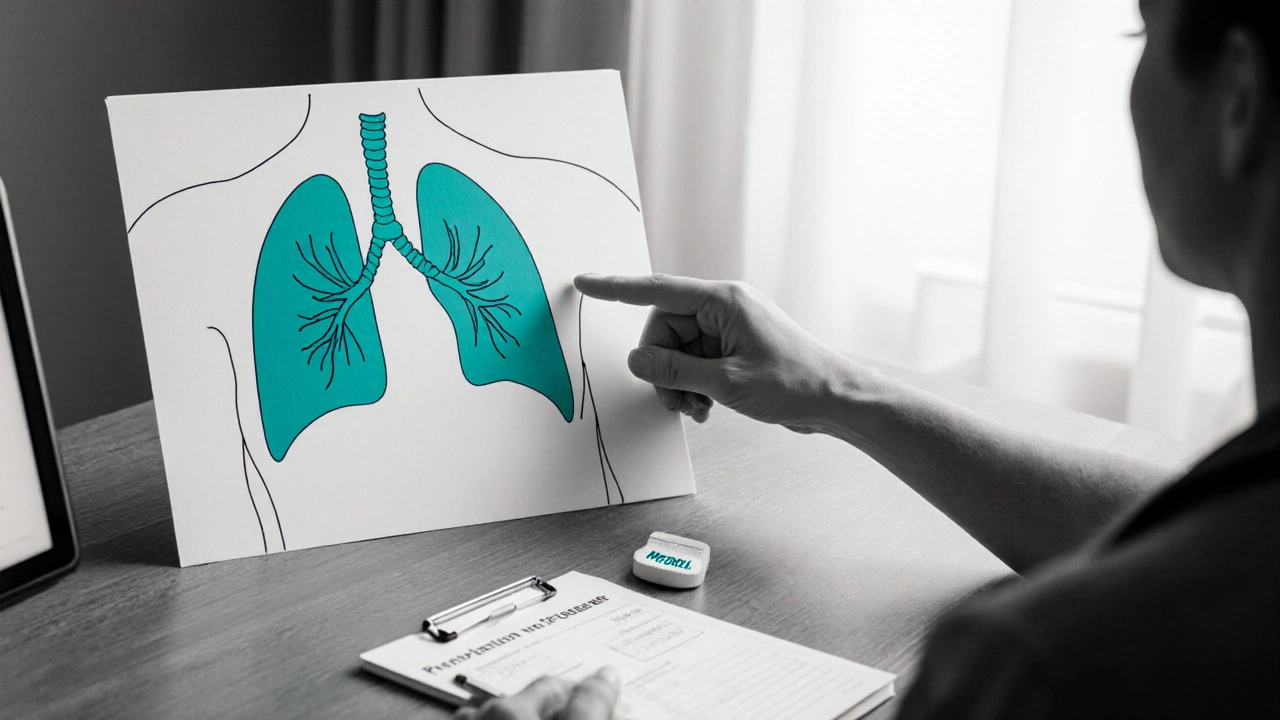
Managing Side Effects
Even the best‑chosen steroid can cause trouble if you ignore warning signs.
- Blood sugar spikes. Check glucose daily if you have diabetes; diet and short‑acting insulin may be needed.
- Bone loss. Calcium+vitaminD supplements plus weight‑bearing exercise help prevent osteoporosis.
- Mood swings or insomnia. Take the dose in the morning and avoid caffeine late in the day.
- Infection risk. Keep vaccinations up to date (avoid live vaccines while on high‑dose steroids).
If side effects become severe, contact your doctor-they may switch you to a lower‑potency steroid or add a steroid‑sparing drug like methotrexate.
When Medrol Isn’t the Best Choice
Here are a few scenarios where another steroid shines:
- Pregnant women. Low‑dose hydrocortisone is often preferred due to safety data.
- Patients needing localized treatment. Budesonide inhalers treat asthma without the systemic impact of oral Medrol.
- Severe brain or spinal cord swelling. Dexamethasone’s powerful, long‑acting profile reduces intracranial pressure more effectively.
- Chronic autoimmune disease. A lower‑potency daily steroid (prednisone) combined with a disease‑modifying drug may reduce long‑term complications.
Frequently Asked Questions
Can I switch from Medrol to prednisone without a doctor?
No. Though both are glucocorticoids, their potencies and half‑lives differ. A doctor will calculate an equivalent dose and advise a taper schedule to avoid adrenal shock.
How long is it safe to stay on Medrol?
Short courses (up to 2weeks) are generally safe for most adults. Beyond that, the risk of osteoporosis, weight gain, and adrenal suppression rises, so a physician should monitor you and consider a taper.
Is Medrol stronger than prednisone?
Methylprednisolone (Medrol) is slightly more potent per milligram than prednisone-about 1.25×. The difference is modest, but it matters when dosing precision is crucial.
Can I take Medrol with my diabetes medication?
You can, but steroids often raise blood‑sugar levels. Your doctor may temporarily increase your insulin or oral hypoglycemic dose while you’re on Medrol.
What makes budesonide a "safer" alternative?
Budesonide is formulated to stay in the lungs or gut, so only a tiny fraction reaches systemic circulation. This dramatically cuts the risk of weight gain, bone loss, and glucose spikes compared with oral steroids.

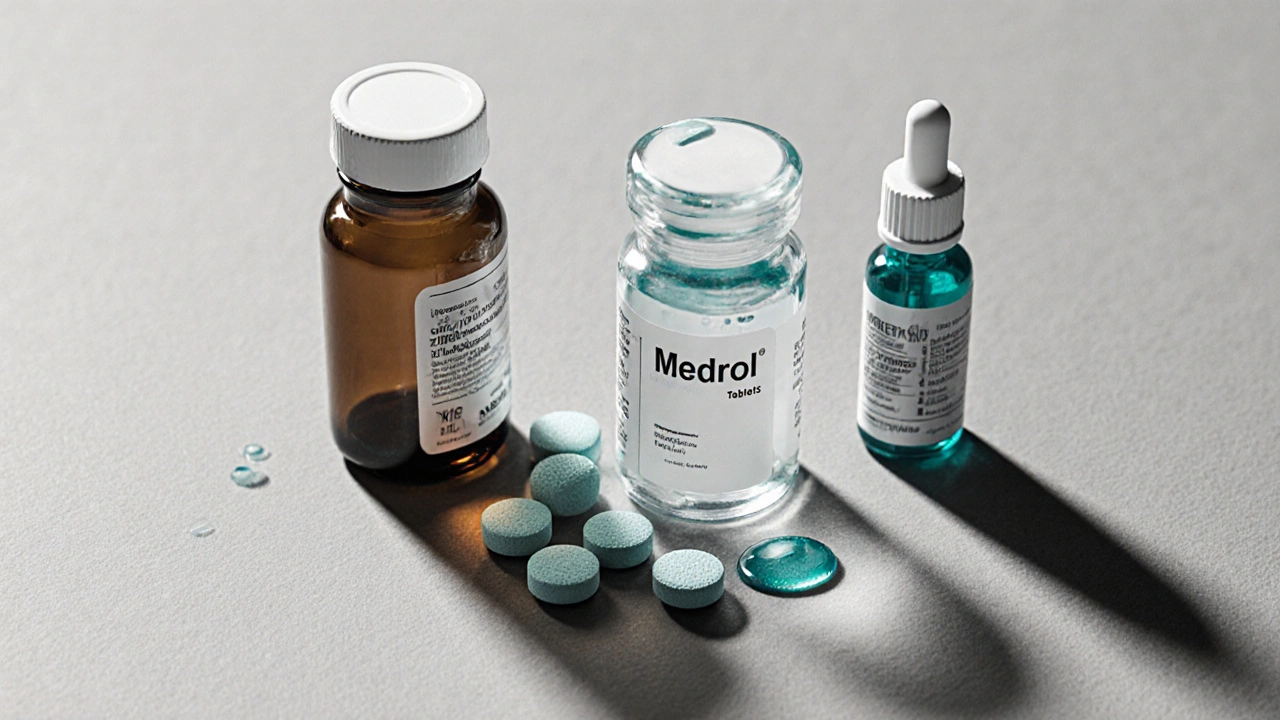


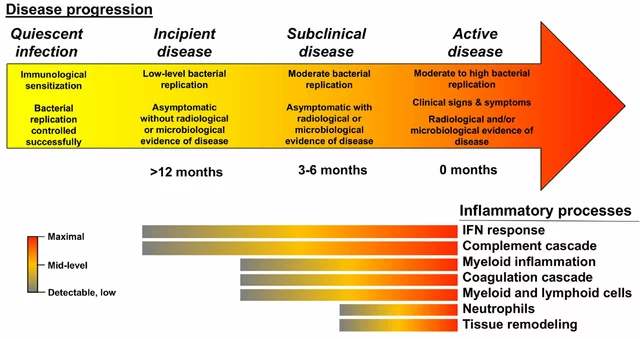

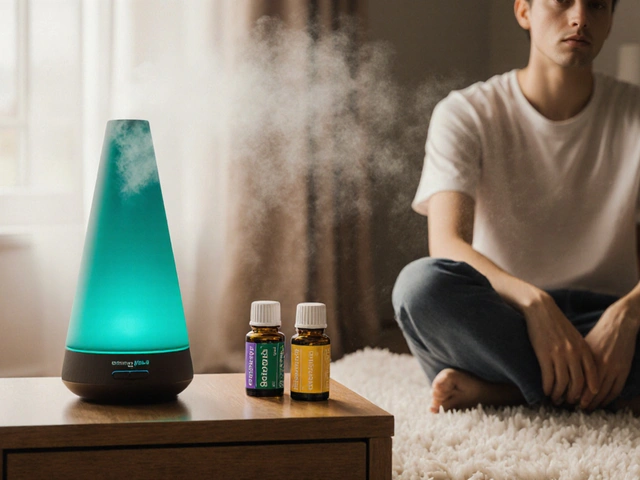
Gerald Bangero
October 16, 2025 AT 09:33